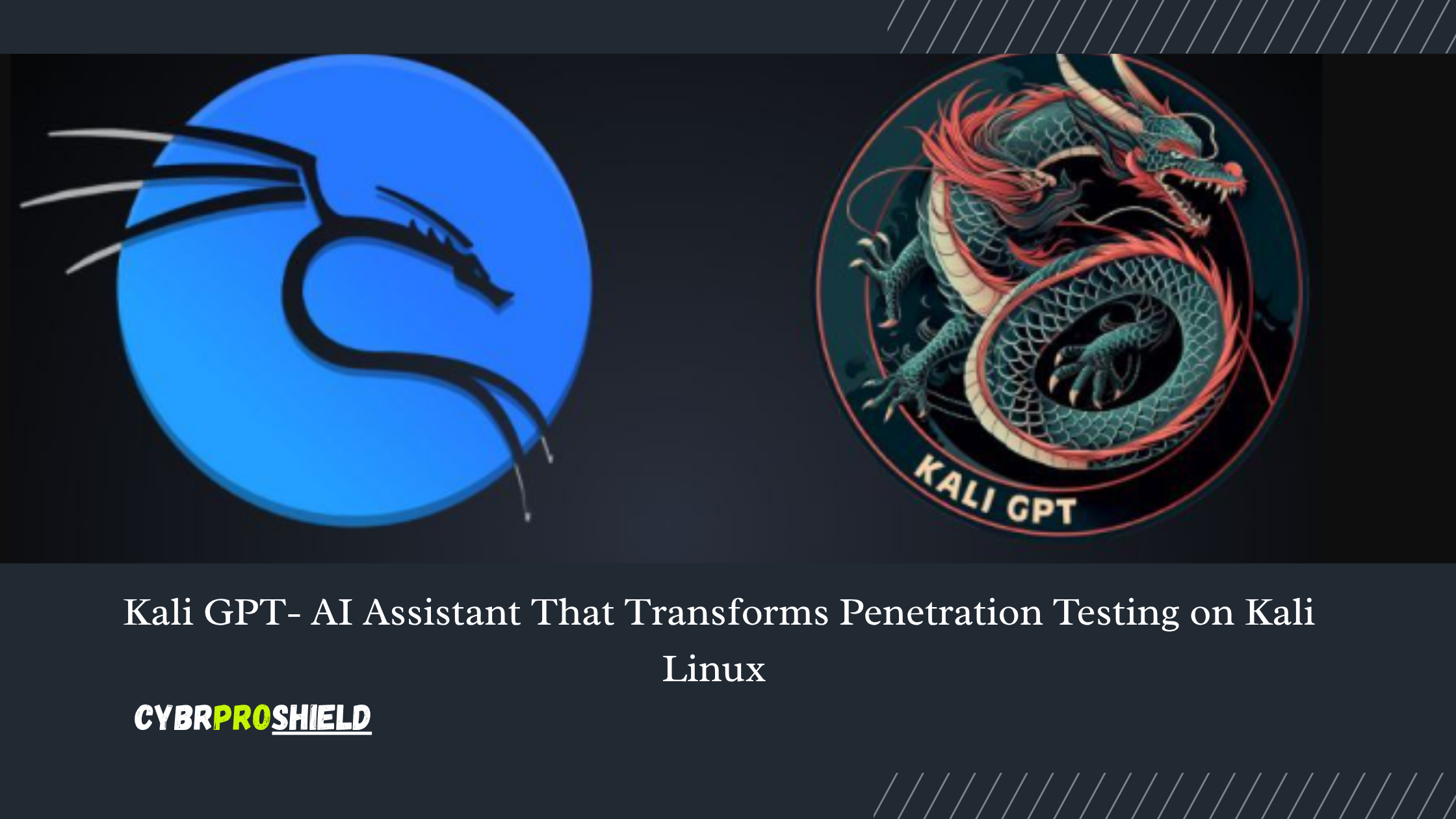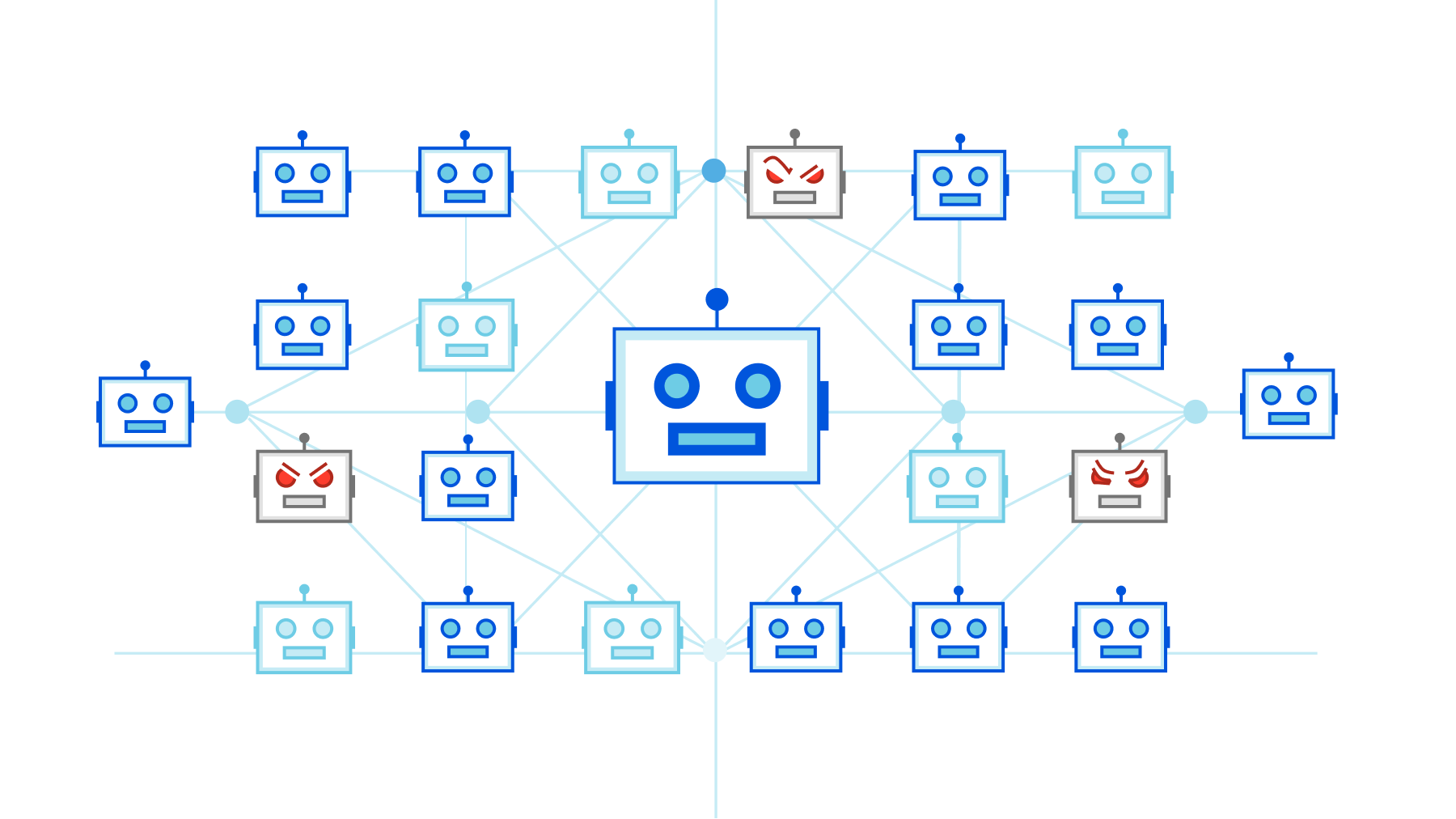In the ever-evolving realm of software supply chain security, malicious packages are becoming stealthier, more strategic, and more damaging. Recently, a package titled chimera-sandbox-extensions surfaced on PyPI, designed to masquerade as a helpful tool, yet pack a powerful malware punch. This blog post explores how this malicious PyPI package masquerades as Chimera module to steal AWS, CI/CD, and macOS data, dissecting its mechanisms, impact, detection strategies, and how to train your defenses against similar attacks.

What Is a PyPI Supply Chain Attack?
Supply chain attacks via package ecosystems like PyPI exploit the open nature of package distribution to introduce malicious code. Two common tactics:
- Dependency confusion/typosquatting: malicious packages use names close to legitimate ones (e.g., “fabrice” instead of “fabric”) to hijack installations.
- Multi-stage payloads: simple initial malware drops heavily obfuscated secondary payloads retrieved at install or runtime, making detection harder.
Such attacks capitalize on trust and automation—pip install commands are often run without scrutiny, especially during CI/CD workflows.

Spotlight on chimera-sandbox-extensions
This package was purposed as an extension for the Chimera Sandbox environment (used for machine learning experimentation), likely by developers in cloud environments. Security researchers estimate around 143 downloads before discovery and takedown.
Attack Mechanism
Once installed, the package immediately triggers a function called check_update(), which:
- Runs a custom Domain Generation Algorithm (DGA) to create a predictable list of 10 C2 domains.
- Sends an HTTP request to retrieve a secondary payload (a Python-based infostealer).
- Executes that payload to begin data extraction.
This DGA approach adds stealth: domains are never hardcoded, making static analysis of network indicators more challenging.
Data Theft Capabilities
Once active, the malware focuses on high-value developer data:
- AWS account credentials and tokens
- CI/CD environment variables (e.g., GitHub Actions, GitLab CI)
- macOS metadata: JAMF receipts, host info, public IP, OS specifics
Collected data is POSTed back to the C2 domain and evaluated to determine if further exploitation is warranted .
Why This Attack is Advanced
- Targeted: Designed specifically for Chimera środowisko developers.
- Multi-stage & Dynamic: Initial and secondary payloads work together.
- Reproducible DGA: Makes detection harder, yet predictable for attackers.
- Stealthy Exfiltration: Uses common protocols to fly under the radar.
Further Check on: The Hacker News
Broader Context: Other PyPI Scams
Malicious package incidents on PyPI are not new:
- The fake
fabricepackage (typo of Fabric) stole AWS credentials via code execution on install. - Similar stealthy multi-stage npm and PyPI malware accessed CI/CD variables and cloud credentials.
These underscore evolving trends and highlight the importance of vigilance.
The Role of Security Research
This attack was identified by JFrog Security Research, with coverage in The Hacker News and others. Researchers like JFrog, Datadog, and teams powering tools like GuardDog have played a crucial role in uncovering and analyzing modern supply chain threats.
Practical Detection Methods
- Static analysis + metadata heuristics (GuardDog, Semgrep): detect oddities like packages with single files and stub metadata.
- Dynamic sandbox execution: tools like JFrog and Datadog run packages in isolation to trigger hidden behavior .
- Machine Learning tools: Field‑tested systems like OSCAR and academic models achieve high precision in spotting malicious behavior.
Implementing layered detection across these methods improves safety.
Remediation: What to Do
If you suspect the malicious package:
- Uninstall
chimera-sandbox-extensionsfrom all environments and CI/CD runners. - Revoke and rotate AWS tokens and CI/CD secrets that were in scope.
- Audit macOS endpoints: check JAMF, logs, host integrity.
- Block the package on your registry: whitelist known safe packages, disallow downloads from PyPI unless vetted.
Prevention: Long-Term Measures
- Use a private PyPI registry with strict controls.
- Implement lockfile strategies (e.g. pip‑freeze), avoiding sudden new downloads.
- Conduct dependency reviews, especially for obscure modules.
- Enable registry hygiene tools such as SLSA, safety, or automated scanning.
Organizational Strategies
- Train developers on risks of open-source dependencies.
- Implement pre-commit CI hooks that reject unreviewed package additions.
- Enforce secure pipelines such as SLSA, ensuring builds are reproducible, auditable, and verified.
Key Takeaways
- The chimera-sandbox-extensions incident shows how malicious PyPI packages can combine obfuscation, targeted payloads, and supply chain stealth.
- Detection requires blended defense: metadata analysis + sandbox execution + ML.
- Prevention is a team effort: whitelists, private registries, developer education, and security research.
FAQs
Q1: Is chimera‑sandbox‑extensions still public on PyPI?
A: No, it was removed shortly after discovery following JFrog’s disclosure.
Q2: Could it infect Linux/Windows?
A: It was macOS‑focused (JAMF, host scans), but the DGA/C2 approach could be adapted for multi‑OS.
Q3: How do DGAs help threat actors?
A: They avoid hardcoded domains, making threat hunting through network indicators harder—yet reproducible for attackers.
Q4: Can I still install Chimera Sandbox safely?
A: Yes—just avoid this extension. Stick to official documentation and pinned versions for any add-ons.
Q5: What tools can I use to scan local PyPI packages?
A: Try GuardDog, Safety, pip-audit, and commercial solutions like JFrog Xray or Datadog Security Labs tools.
Q6: How often should tokens be rotated?
A: Best practice is automatic rotation every 30–90 days, or immediately post–security incidents.
Conclusion
The malicious PyPI package masquerading as Chimera highlights how software supply chain threats continue to evolve—harnessing obfuscation, clever targeting, and multi‑stage attacks. As defenders, our best tools are layered defenses, rapid incident response, and strong developer security culture. Stay vigilant. Stay secure.









